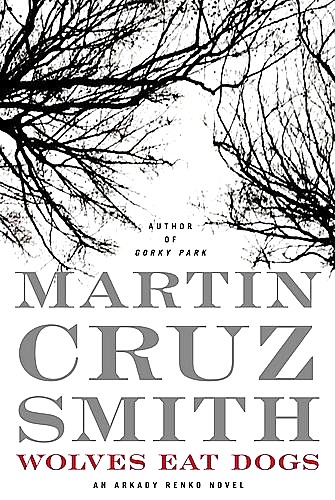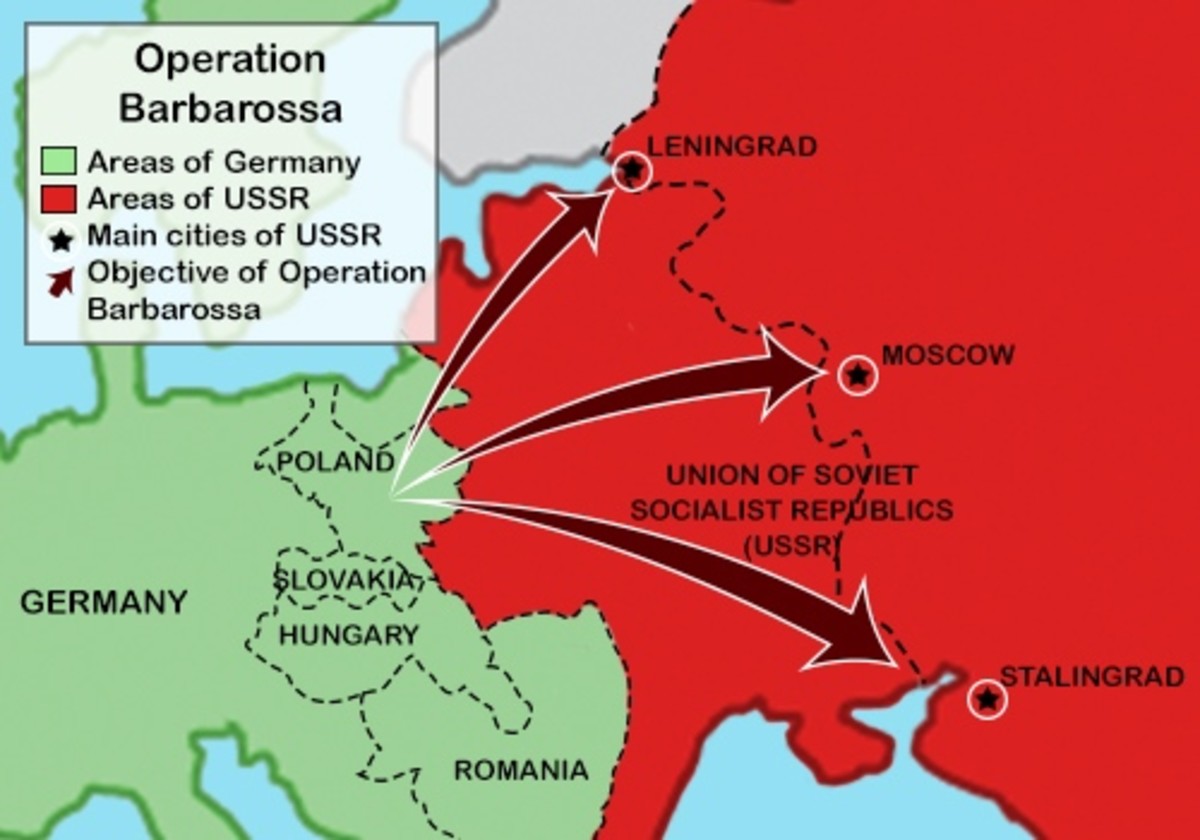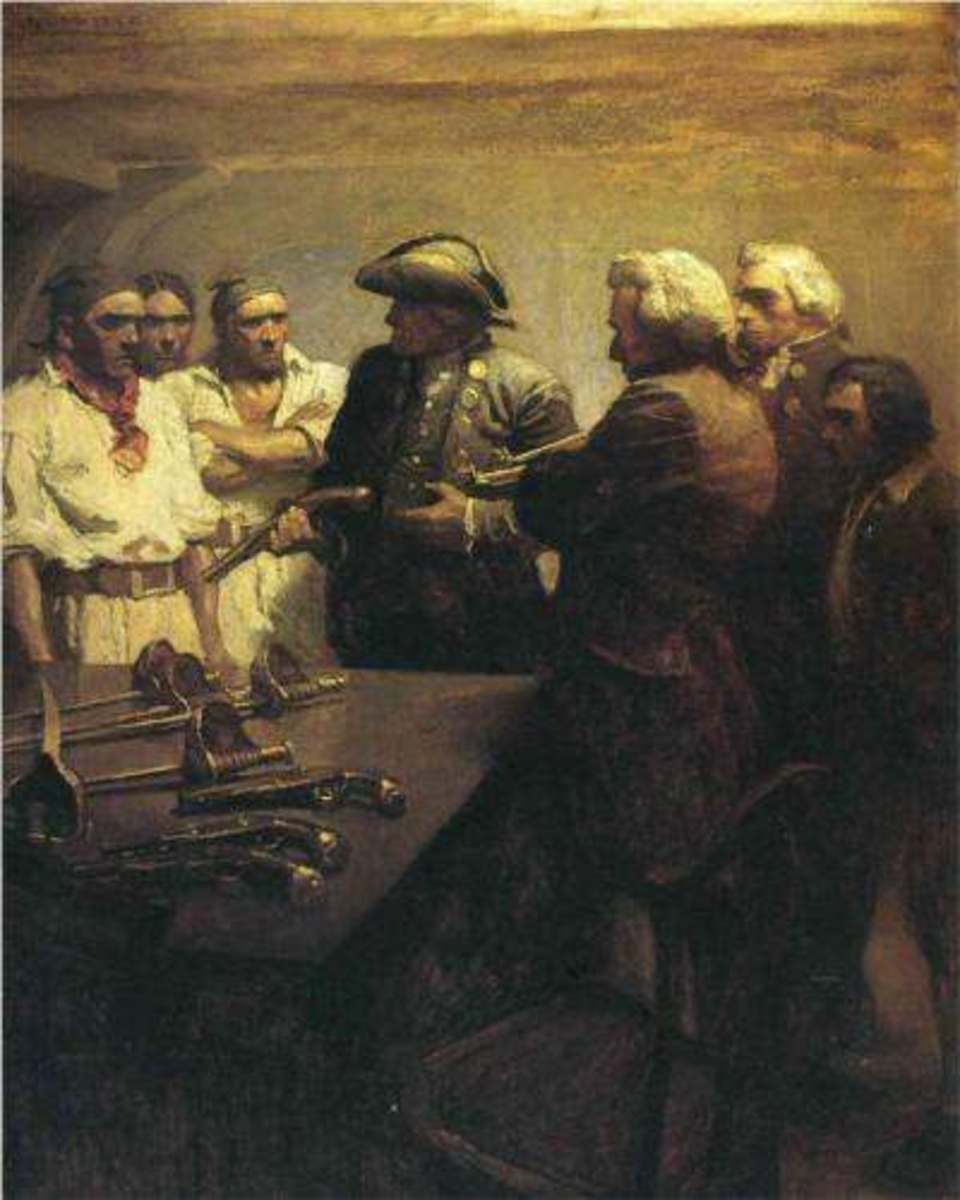Wolves Eat Dogs Review / Summary
Wolves Eat Dogs

Wolves Eat Dogs
Wolves Eat Dogs: Book Report
Introduction to 5 Main Characters:
Arkady Renko – This is the main character. He lives in Russia, and is a detective for the Russian government. The narrator follows him around as he attempts to solve the mystery of several affluent businessmen deaths. He is very persistent and will not let the little things prevent him from finding answers.
Pasha Ivanov – The first businessman to be found dead. His apparent suicide from his 10th floor apartment is what Renko is investigating. He is the CEO of NoviRus, a Russian securities company. Bobby Hoffman was his assistant.
Bobby Hoffman – The assistant of the late Pasha Ivanov. He attempts to help Renko with his investigation after the questionable death of his master, Pasha Ivanov. He is a very suspicious character, and is always being watched by his superiors at NoviRus.
Eva Kazka – A doctor who has come to help the people still affected by the 1986 Chernobyl reactor meltdown. She is described as a “haunted soul”. She served time in Chechnya. She mistrusts Arkady.
Alex Kazka – Eva’s ex-husband. He is a physicist who is also studying in the area around the Chernobyl reactor meltdown site. He is a fiery and stubborn person who Arkady is unsure about putting his trust in.
Summary of Novel:
The book Wolves Eat Dogs written by Martin Cruz Smith is an exciting murder mystery set in modern day Russia. The main character, Arkady Renko is investigating an apparent murder of a Russian billionaire and high ranking official in a Russia securities company, NoviRus, in a high class Moscow apartment building, or rather outside of the building. Most believe Pasha Ivanov’s death is a suicide because there was no apparent break in or any signs of a struggle before he plunged 10 stories to his death, but Renko believe otherwise. He continues investigating the case, much to the disapproval of many of his superiors and other influential Russian businessmen. They do not want an investigation because they believe that the western world thinks lowly enough of Russia already and do not want one of Russia’s billionaire’s deaths to be ruled a competitive murder, because a suicide looks much more normal and does not add a violent image to Russia. The scene shifts when further into Renko’s investigation another high ranking business partner of Ivanov is found dead in Chernobyl, far from Moscow, in the radioactive zone surrounding reactor number 4. His throat had been slit. However, at the time of his death the person who discovered him did not realize his importance, and assumed the person had died of natural causes and proceeded to move the body, which severely disrupted the investigation. While searching for more clues Renko finds a radiation dosimeter in Renko’s closet. He flips it on and it goes crazy, and when he points it towards the large suspicious pile of salt in Ivanov’s closet, the display jumps to over 10,000 counts per minute, much higher than an average background reading of 100. Someone had been trying to kill of the NoviRus executives, and they were succeeding. As Renko searches for more clues, the story unfolds and the reason for the murders is becoming clear. The intense lifestyle that these Russian businessmen live daily is very competitive and one wrong step can put you in a heap of trouble, and with the wrong people, it can end in your death.
Historical Events and Location:
This novel takes place in modern Russia, and then the story moves towards post meltdown Chernobyl. Arkady Renko beings with an investigation of a murder in a Russian apartment building, and Martin Cruz Smith does a good job of describing what modern Russia is like. He talks about how Russia is the country with the most billionaires, but with these lofty titles usually come a short lifespan. The crime and corruption which allowed these men to get to the location they are today has often been because of less than suitable actions in the past, and on the way they have earned many enemies. This will be history, and in future times this is what Russian in the 21st century will be remembered as.
The story shifts to Chernobyl very quickly, and Arkady finds himself investigating another death, the murder of another NoviRus executive. He is called in to this seemingly related death to take a look, but due to the remoteness of the site of the murder it was not easy for him to search for clues. Chernobyl plays a vital role in modern history, as it is the site of the 1986 Chernobyl nuclear meltdown. This event singlehandedly changed Europe and the world forever. After this event, the public was more nervous about using nuclear power. And as far as Chernobyl, it will be a long time before it is ever safe to live in again. The soil is so contaminated; graves for the dead could not even be dug in fear of disturbing the radioactive soil. Vehicles and homes were left abandoned after either the flight or death of their owners/inhabitants. They cannot be removed and used again because of their radioactivity. This is an event largely important to world history.
Essay answering the topic: Through description of setting and events, through characterization, and through exploration of themes and issues, novels can provide significant understanding of and insight into historical developments
The Novel Wolves Eat Dogs can give us a good insight to many different aspects of history which it covers. There are many books which can provide similar outcomes in respect to obtaining knowledge on historical events.Novels can provide significant understanding of and insight into historical developments because of their clever use of settings and events, because of their use of characterization, and because of their thorough exploration of themes and issues.
First, Wolves Eat Dogs gives us significant understand and insight into historical developments because of its use of settings and events. For example the book opens with a great view of what we would see if we were able to step into the story line of this novel. On page 1 it uses colorful adjectives to describe Moscow; “Moscow swam in color. Hazy floodlights of Red Square mixed with the neon of casinos in Revolution Square. Light wormed its way from the underground mall in the Manezh.” (p. 1) As we travel further into the novel and we understand that the story takes place in modern 21st century Russia, we get a good idea of how history has shaped this Russian city into what it is today by Smith describing it to us. Later on, in the beginning of chapter 5, Smith describes the city of Pripyat the same way as he did Moscow. Context clues from the previous chapter let us know that Pripyat is in the Ukraine, and very close to Chernobyl. Arkady is exploring the empty city; “the city was utterly still, without a single, without the progress of a car or the sound of a footstep. Around the city there was not one human intrusion…” (p. 91) when he observes how empty it is. Pripyat was abandoned after the meltdown in Chernobyl in 1986, and his observance of how empty it was points towards that event in history.
Second, the use of characterization helps us to understand the historical significance of the events in the book. The main character, Arkady Renko is a perfect example of Smith using characterization to display the culture of Russia. As an American, we read this book thinking like Americans, so everyone and a while reminding us as the readers that the characters are Russian is good; “Wherever you are, that’s where you are, as they say in California.” (p.97) As Americans we might take something like this for granted, but they really feel that California is a distant place, and it is for them. Another form of characterization that this novel uses is allowing us to see Arkady’s reaction to things that may be normal to him but abstract to us. For example, the explosion zone in Chernobyl would be awe inspiring for us but it is more normal and he sees it as a living thing instead of an abandoned building; “As Arkady rode by the sarcophagus, he felt the monster shift within its steel plates and razor wire.” (p.267) He knows about the building and its history because he is geographically closer to it and it may have affected his life more than other people, like us for example.
Third, WolvesEat Dogs gives us significant understand and insight into historical developments because of their thorough exploration of themes and issues. Themes that this novel features include talking about what type of place Russia is in the 21st century. It is not the same world that many Americans live in, it is much different. We learn how history has shaped Russia by looking at the billionaires that have been born and the mobs that have been established. Even the Russians know that they have a violent reputation among the less violent western cultures; “it would not only harm NoviRus, it would damage every Russian company and bank that has struggled to escape Moscow’s reputation for violence.” (p. 47) they are of course referring to the murder case on which this book is centered around, and how a murder of an influential businessman would affect the history they are writing at that very moment. Another way we learn about Russia and its history of crime is by looking at its number of billionaires. Smith states, “…and didn’t someone say that every great fortune started with a crime? Russia already had over thirty billionaires, more than any other country. That was a lot of crime.” (p. 69) This small percent controlling much of the wealth, and by less than legal means tells a lot about a country and what it has grown into. And like always, ever year that this opinion of Russia stands for is being recorded in the books of time, and 21st century Russia will always be remembered as the violent crime ridden billionaire controlled country that it is.
In conclusion, Wolves Eat Dogs gives us a good insight to many different aspects of history because of its clever use of settings and events, because of their use of characterization, and because of their thorough exploration of themes and issues. Many historical novels, such as this one also accomplish this feat, and through these types of books we are able to learn history by ways other than through text books.
disclaimer: I didn't write Wolves Eat Dogs. I just wrote this report for school. Use this for reference ONLY! If you try to use this and it is submitted to any website such as www.turnitin.com it will come up as plagiarized because it has been submitted to these sites.








